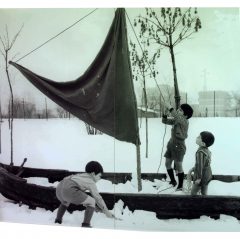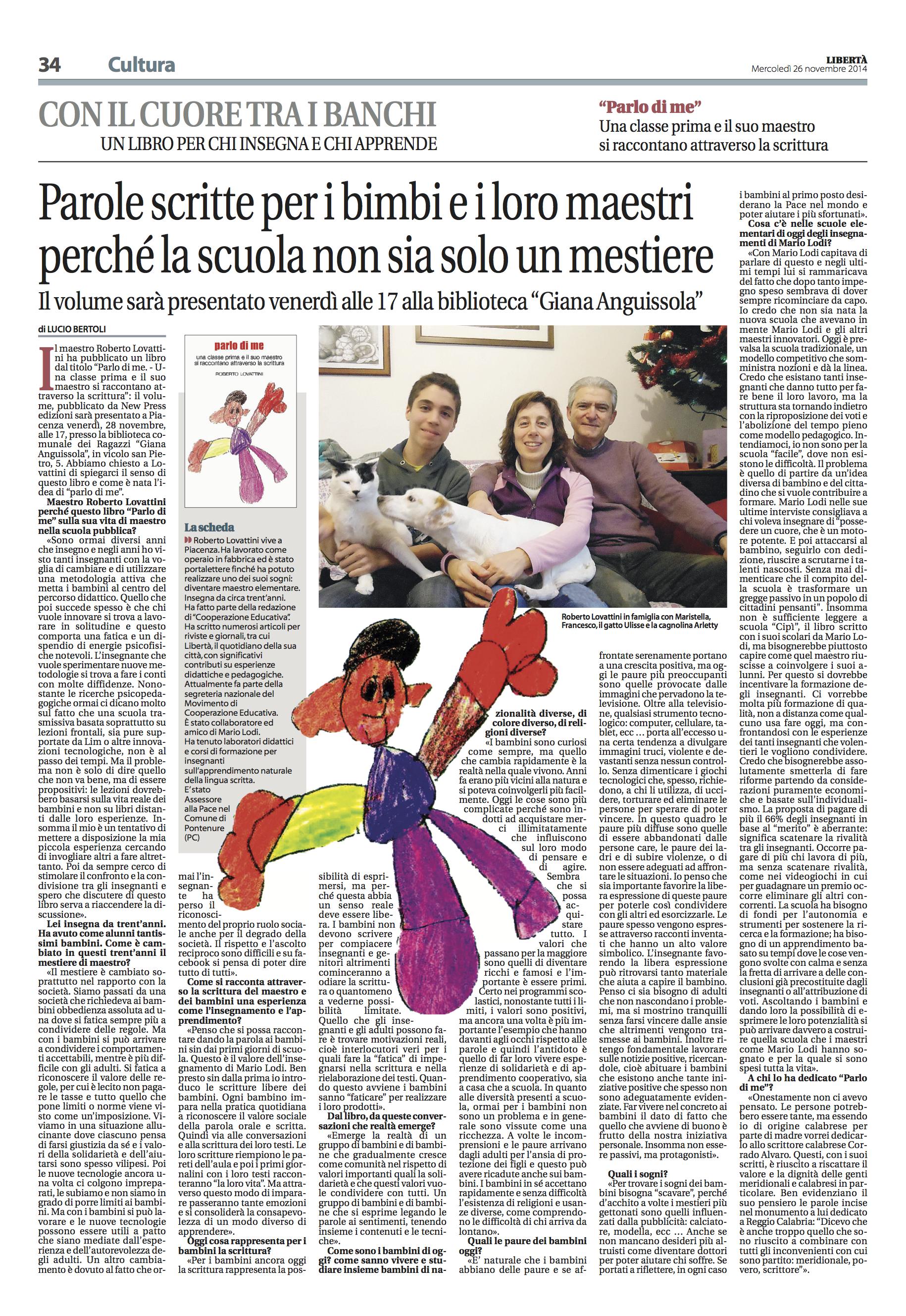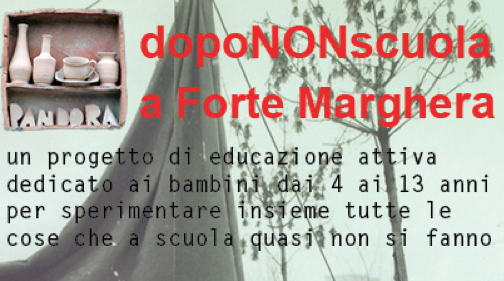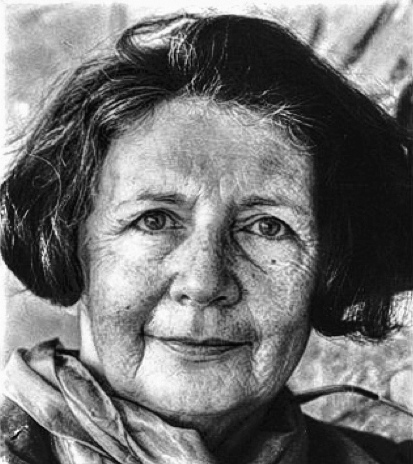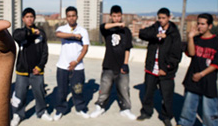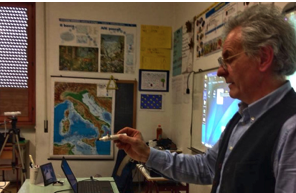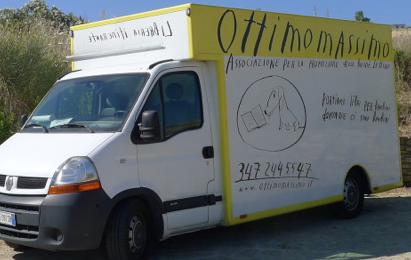Mese: Novembre 2014
PRESENTAZIONE DELLE ATTIVITA’ DEL CENTRO PANDORA che ha sede a Mestre all’interno del parco cittadino di Forte Marghera
Alice Miller, letture da “Il dramma del bambino dotato e la ricerca del vero Sé”
Estratto del libro ‘Il dramma del bambino dotato e la ricerca del vero Sé’ (Riscrittura e continuazione del 1982, pubblicata in Italia nel 1996)
di Alice Miller (Leopoli, 12 gennaio 1923 – Saint-Rémy-de-Provence, 14 aprile 2010)
Leggi tutto “Alice Miller, letture da “Il dramma del bambino dotato e la ricerca del vero Sé””
How does the brain learn? – Prof.Dr. Gerald Hüther
https://www.youtube.com/watch?v=-G-jrLljDUk prima parte
https://www.youtube.com/watch?v=kjaDhbHxaEE seconda parte
https://www.youtube.com/watch?v=2_A1o67vqNo terza parte
Gerald Huther is head of neurobiological research at a psychiatric clinic in Germany, working to discover more about the effects of fear, stress, addiction and nutrition on the brain.
For Huther the human brain is a densely networked structure that is open-ended in terms of its programmability. Unlike those found in many other forms of life – such as stickleback fish whose complicated mating rituals are genetically predetermined – the human brain at birth is pretty much open-ended in terms of how it can be programmed. You come into the world with a brain whose final wiring is going to be connected up and consolidated in accordance with how you use it.
There is an upside and a downside to this. The bad news is that if you don’t get what you need in the first years of life – if your relationship with your primary caregiver is traumatic, for example – that can “canalize” defective coping strategies that manifest in later life as psychological disturbance and antisocial behavior.
The good news is that given the human brain’s extraordinary plasticity we can change its structure through changing how we use it. We can sharpen our senses by attending more sensitively and precisely to our inner and outer worlds. We can develop a great capacity to empathize with others’ feelings, putting ourselves in their place. And we can come increasingly to know ourselves – aware of what is taking place within ourselves, conscious of who we are and how we came to be like this.
By deciding how and for what purposes we are going to use our brains, we also end up making a decision about what kind of brain we are going to end up with. For here you really do need to “use it or lose it” and the choice not to embark on a path of development but rather to stay as you are might well be the last free choice you make: the more frequently you use the old established neuronal circuits you currently have the more embedded they become.
If you don’t want to become stuck in that way, following the old worn-in ruts, you have to call your experience into question again and again. By following the usual human path of egocentricity – seeing oneself as the center of the world and acting accordingly – one embeds a fixed pattern of repetitive neuronal connectivity. The harder path of self-development, which leads to a more comprehensive, complex and more highly networked brain, consists in developing qualities that go beyond self-centeredness. Sensibleness, uprightness, humility, prudence, truthfulness, reliability, empathy, and courtesy; qualities such these cannot be developed in isolation. They come as part of a matrix of social feelings that involve connectedness and solidarity that transcend our usual self-centeredness. In the end, says Huther, a person who wishes to use his or her brain in the most comprehensive manner must also learn to love.
Huther sets his arguments out clearly and precisely. The book is styled as a kind of “user’s manual” for the human brain, with section headings such as “Removing the Packing and Protective Materials,” “Options for Assembly and Possible Applications,” “Advice About Installations Already in Place,” “Repairing Failed Installations,” “Maintenance and Servicing,” and so on. I wonder at the wisdom of this choice, for like a user’s manual the book often comes across as drier and less poetic than its title would otherwise suggest. For those who keep going at it, this book has considerable wisdom to offer alongside its hard science. Many readers, though, will wish there were a few more oases of imagery and poetry along the way.
Fahrescuola: Piccole scuole crescono. un progetto di INDIRE per le scuole isolate
Fahrescuola: Piccole scuole crescono.
Con Giovanni Biondi, presidente Indire
Indire presenta oggi a Genova la rete nazionale “Piccole scuole crescono”, un network aperto a tutti gli istituti interessati a introdurre formule didattiche innovative che possano fronteggiare i ricorrenti problemi delle scuole isolate. –
ALCUNE MOSSE A COSTO ZERO PER FAR PARTIRE SUBITO LA BUONA SCUOLA, di Daniele Novara
Lettera aperta al Presidente del Consiglio
Caro Presidente Matteo Renzi,
aver messo in agenda, con il dovuto rilievo, la necessità di una buona scuola è un passo importante per in- vertire la tendenza governativa de- gli ultimi anni volta a mortificare, senza alcun imbarazzo, la qualità del sistema scolastico italiano.
Leggi tutto “ALCUNE MOSSE A COSTO ZERO PER FAR PARTIRE SUBITO LA BUONA SCUOLA, di Daniele Novara”
LETTERA APERTA ALLA NOSTRA CITTÀ; gli autori sono 16 giovani italiani stranieri di Varese.
Progetto volto a rafforzare a livello sistemico i processi di integrazione di adolescenti di origine straniera a Varese, attraverso una strategia multilivello che coinvolge sia le famiglie immigrate sia i contesti istituzionali, agendo sul sistema scolastico, famigliare e sull’ambito aggregativo. Realizzato con il contributo del Ministero dell’Interno e del Fondo Europeo per l’Integrazione dei Cittadini dei Paesi Terzi 2008-2013.
Un progetto di tecnologia leggera per la distribuzione di contenuti Internet in assenza Internet
Scheda progetto “PirateBox in classe”
Si propone di utilizzare un piccolo dispositivo di rete che consenta agli insegnanti di distribuire contenuti multimediali in assenza di connessione Internet o in situazioni di accesso limitato, ad esempio per motivi di sicurezza.
Si tratta di un piccolo router dal costo di circa 30€, reperibile off-the-shelf, sul quale viene installato un sistema di software libero che consente di trasformarlo in un minuscolo server in grado di distribuire i contenuti via wireless in un’area di circa 50 mt, a velocità dell’ordine di 100 Mbps.
I contenuti sono predisposti dall’insegnante in una semplice penna USB, che viene inserita nel router.
Ottimomassimo, libreria itinerante per bambini
Dal 2006 Ottimomassimo, l’unica libreria itinerante d’Italia, gira per le strade presentando, leggendo e raccontando storie. Abbiamo incontrato più di 20000 bambini.
Leggi tutto “Ottimomassimo, libreria itinerante per bambini”
Descolarizzare la società, di Ivan Illich – testo integrale
Descolarizzare la società, di Ivan Illich
testo integrale
